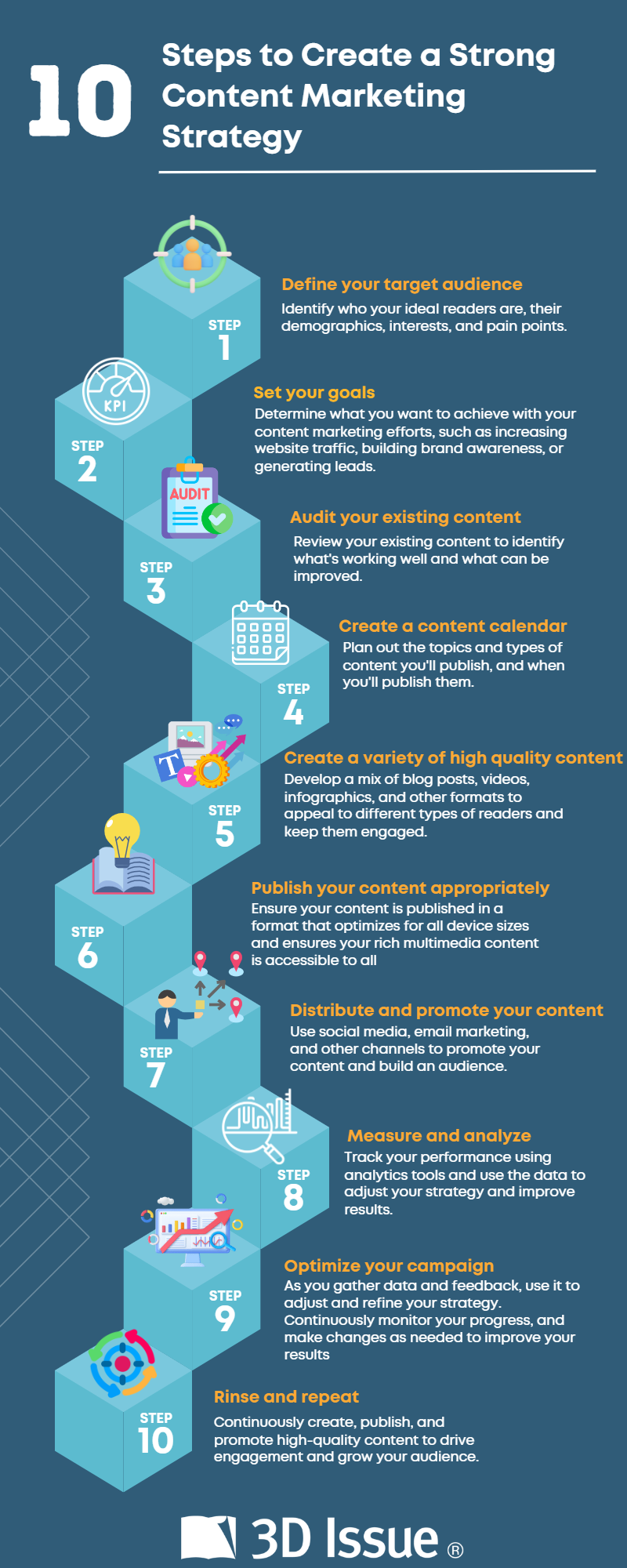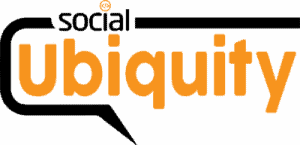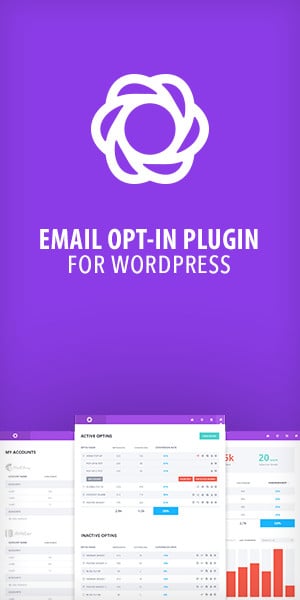1. Know Your Audience Inside Out
Effective content starts with understanding who you’re talking to. Research your target audience:
- Demographics and interests
- Pain points and goals
- Preferred content formats
Use buyer personas to guide tone, format, and messaging.
2. Start with a Compelling Hook

First impressions matter. Capture attention with:
- An intriguing headline
- A relatable story or question
- A bold statement or surprising statistic
Your opening should make readers want to keep reading.
3. Focus on Value and Relevance
Every piece of content should provide clear value. Solve a problem, offer a solution, or deliver unique insight. Align your content with your audience’s needs and your business goals.
4. Use Clear, Conversational Language
Write like you speak. Avoid jargon and focus on clarity. Short sentences, active voice, and a friendly tone improve readability and keep readers engaged.
5. Break It Up Visually
Good formatting makes content easier to digest:
- Use subheadings to structure content
- Include bullet points and numbered lists
- Add images, videos, or infographics to support the message
6. Tell Stories and Use Examples
Storytelling creates emotional connections. Share real-life case studies, customer testimonials, or personal anecdotes to make your content relatable and persuasive.
7. Include Strong, Action-Oriented CTAs

Guide readers toward the next step with a clear call-to-action. Examples:
- “Download the free guide.”
- “Subscribe for more tips.”
- “Start your free trial today.”
CTAs should be specific, benefit-driven, and easy to find.
8. Optimize for SEO Without Compromising Quality
Use relevant keywords in:
- Headings and subheadings
- The first 100 words
- Meta title and description
Ensure natural integration—write for humans first, search engines second.
9. Build Trust with Social Proof
Adding credibility increases conversion potential:
- Display customer reviews or testimonials
- Highlight metrics or results
- Mention notable clients or media features
10. Analyze and Improve
Use content analytics to measure what’s working:
- Track engagement (time on page, scroll depth)
- Monitor conversions and CTA clicks
- A/B test different formats or headlines
Use these insights to continuously refine your content strategy.
Conclusion
Creating content that converts isn’t about flashy headlines or keyword stuffing—it’s about connecting with your audience and delivering real value. By combining storytelling, clarity, visuals, and strategic CTAs, you can craft content that not only engages but also drives measurable results.







